The $4.6 billion Hurontario LRT, which will be renamed the Hazel McCallion Line, a critical 18-kilometre north-south connection between Port Credit and Brampton, is on track with plenty of work on tap for 2022.
Crews will be installing a tunnel underneath the GO rail tracks at Port Credit station and building a new underpass under the QEW at Hurontario Street. New flood walls are also being erected to protect Mary Fix Creek.
“The delivery of the Hazel McCallion Line is making great progress,” says Matt Llewellyn, a spokesperson for Metrolinx. “Significant pieces of work were completed in 2021, creating for an exciting start to 2022.”
Last year crews installed about 7.5 kilometres of new watermain, sanitary and stormwater sewers along Hurontario Street.
The 11,000-square-metre Operations Maintenance Storage Facility (OMSF) south of Highway 407 and west of Kennedy Road is nearing completion, with the internal fit-out now underway. It will have an operating centre that will control the LRT system. Tracks will be installed in the yard this year.
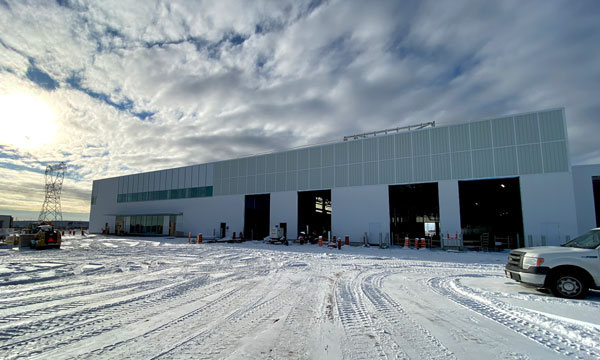
“The building is nearing completion, with much of the structural steel already installed,” says Llewellyn. “The building will be complete later this year and fully commissioned by spring 2022.”
The OMSF will be the hub of the new transit line. Inside the building, there will be a repair shop, vehicle cleaning facility, material storage and capacity for 42 Alstom light rail vehicles.
Ballasting work is taking place in preparation for installation of the LRT track.
Installation of an overhead catenary system will start this summer.
Site restoration works, including new entrance asphalt, curbs and a concrete sidewalk will begin in the fall.
As the only underground stop on the line, Port Credit station had its fair share of work in 2021.
Major excavation work took place on the eastern end of a parking lot to prep for construction of a tunnel under the GO rail tracks and the station itself.
The team removed 36,000 cubic metres of earth from Port Credit – the equivalent of more than 14 Olympic swimming pools filled with dirt.
Construction crews also started and completed work on a push box – a large, hollow concrete box that will be pushed under the rail tracks to create a tunnel under the tracks without disrupting rail service above.
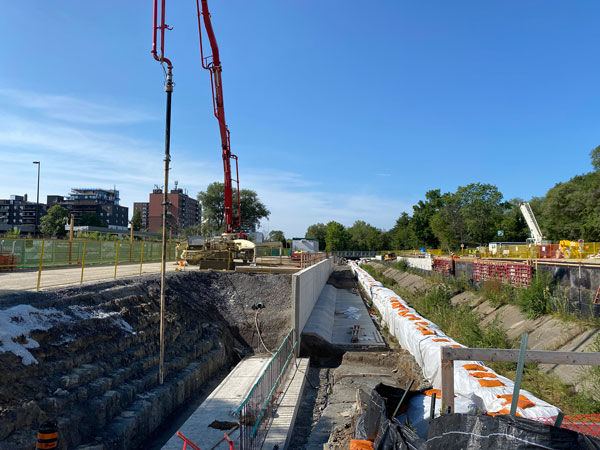
Last year, crews completed a critical part of the process: the launch slab. The launch slab is the concrete platform that the push box will sit on top of and acts as a smooth level surface to push the box to its final position under the rail tracks.
The next step is to push the system through and lay the tracks. A pre-push successfully took place in February. Once the box is in place, construction of the station is set to begin. The services area is already under construction.
Llewellyn says it’s a complicated process that requires careful planning and will take about three months to complete.
“But using this innovative method will ultimately save time and more importantly, will not disrupt GO train service,” he explains. “The push box is one of the many unique components that will allow the future Hazel McCallion Line to provide exceptional service to the surrounding communities.”
Crews will also use the same technique on the underpass to be built at Hurontario Street and the QEW. The work will create a new northbound underpass to enable light recreational vehicles to travel under the QEW once the line is operational.
At Mary Fix Creek, existing flood walls on the north and south sides of the waterway have been demolished and construction of new flood walls has begun.
A west parking lot bridge over the creek has been demolished and will be followed by the demolition of the east bridge. Construction of new parking lot bridges also took place last year.
The creek plays an important role in Mississauga’s water infrastructure and provides the habitats necessary for local plant and animal life. Mobilinx will be upgrading the landscape to preserve the creek.
This year, the channel in the area will be replaced with an engineered structure that is wider and taller, to reduce the potential for flooding. The existing bridges at the Port Credit GO Station are also being replaced to accommodate the widening of the creek.
Scheduled completion date for the project is late 2024.
The LRT will run electric trains along Hurontario Street in a dedicated guideway. Because of its proximity to the existing roadway, the transit project has faced a variety of challenges, namely existing traffic.
“The challenge is prioritizing the safety of workers, and the surrounding community, while minimizing the impact to local traffic flows,” explains Llewellyn.
In some instances, he says the frustration felt by some motorists has resulted in unsafe behaviours that have been directed towards crews onsite, but everyone has to recognize the priority is ensuring crews, drivers, cyclists and pedestrians are kept safe and signs have been posted around the sites.
The LRT project is important, notes Llewellyn, because once in operation the line will connect existing and proposed transit services that run east-west, including GO Train and bus services at the Port Credit GO Station, Cooksville GO Station, the Mississauga Transit way, the City Centre transit terminal at Square One, and the Brampton Gateway terminal.


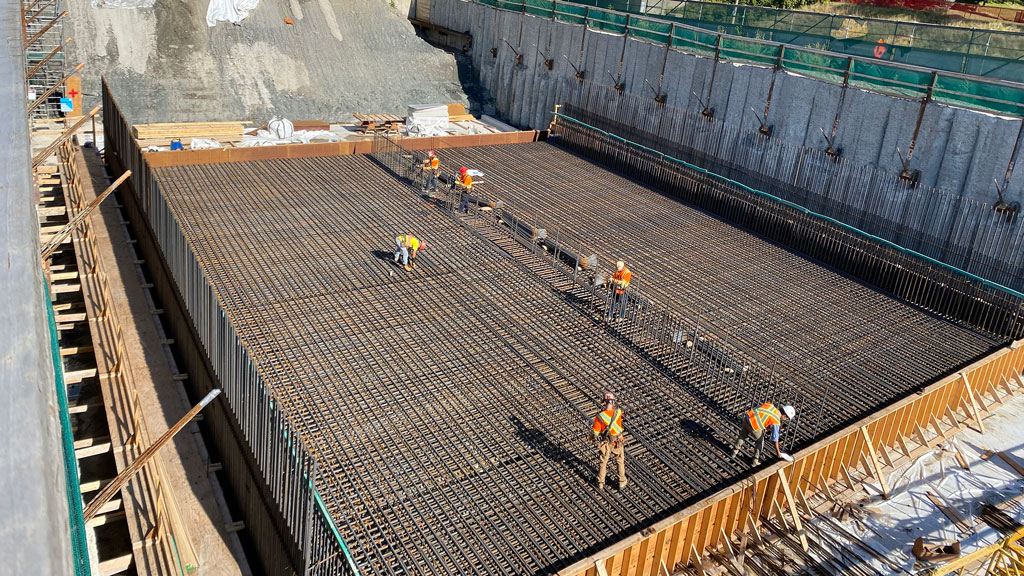
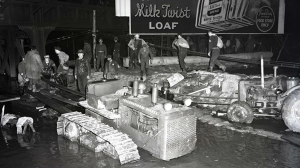

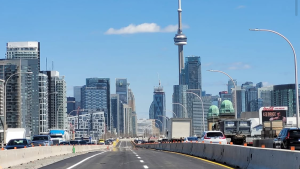


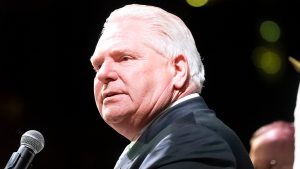

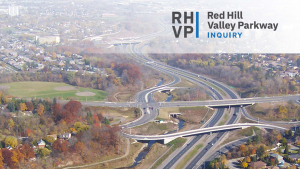
Recent Comments
comments for this post are closed